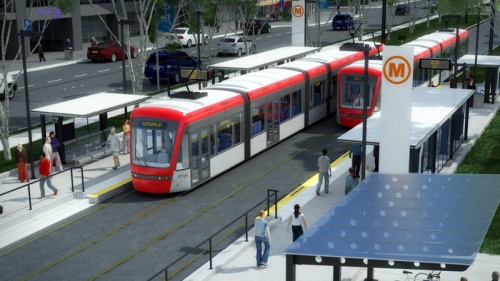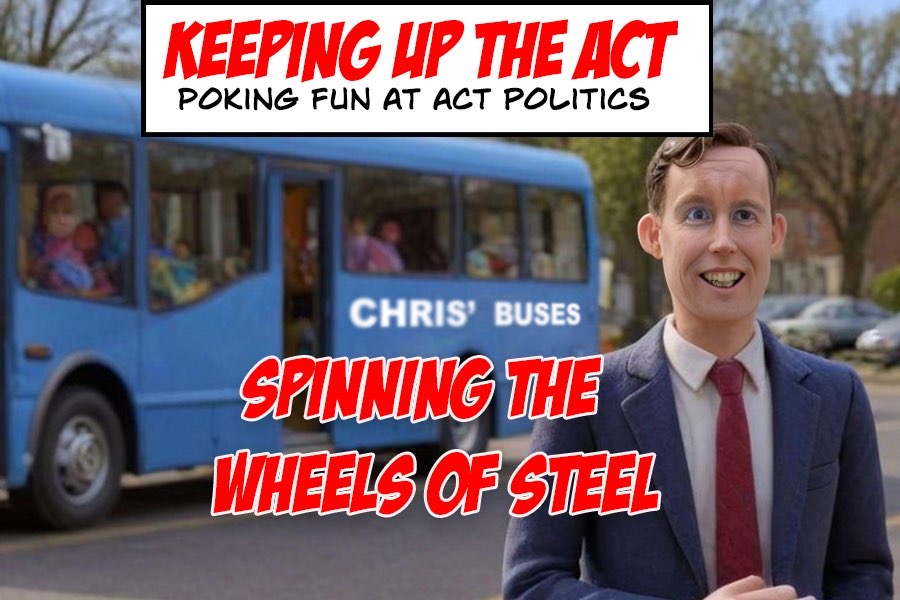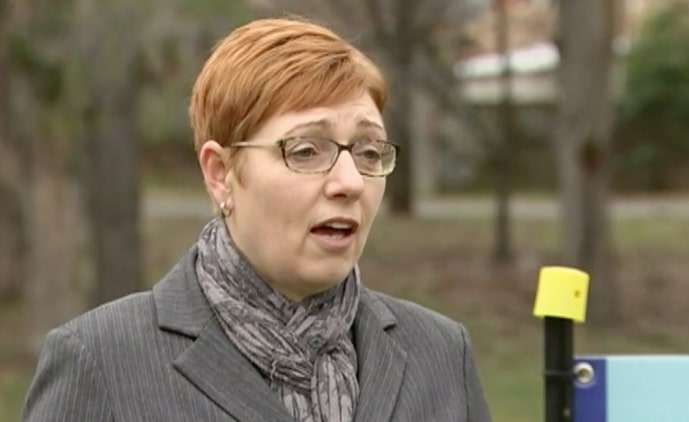 THE light rail has been approved by the community. Now, let’s get it right and not make the mistakes of the Gungahlin Drive Extension (GDE).
THE light rail has been approved by the community. Now, let’s get it right and not make the mistakes of the Gungahlin Drive Extension (GDE).

Remember the political decision on Gungahlin Drive? Deliver the cheaper version was the conclusion. Gungahlin Drive started as a single lane in each direction and, even by the time it was built, it was obvious that it was hopelessly inadequate. Gungahlin Drive simply did not meet the design needs or the aspirations of the community.
It should be a salutary lesson for the fifth consecutive Labor government in the ACT. The Gungahlin Drive mistake was made by the first of the Labor governments. As mentioned years ago in this column: “The failure to duplicate the GDE was an attempt to find a compromise with the very vocal and politically savvy Save the Ridge group, which was largely based around O’Connor”.
There will be details around the light rail that are bound to cause some ire amongst some in the community. We should remember the damage of the Save the Ridge group.
As also pointed out in the past: “They were simply trying to stop any road for fear of adverse impact on their homes and the land around the ridge”. And the single-lane Gungahlin Drive met short-term budget needs of the government. In the end, the GDE and the Glenloch Interchange had to be done… but short-term savings and political expediency resulted in a far, far greater expenditure in the long run.
This time the vocal groups over light rail will be those who want to spend the least possible money on light rail instead of getting it right.
Hopefully, there has been some important lessons learnt in the meantime. Our expenditure on capital infrastructure must be seen differently from the day-to-day living expenses in the recurrent part of the Budget. It is sensible for homeowners to take out a mortgage on their homes so that they can enjoy living in their home while they paying it off. Similarly, it is sensible for governments to borrow on infrastructure so that it can be useful now and for generations to come.
Getting the light rail right means not being caught up in nostalgia. We should not be looking at the slow, rattler trams of the past with their ugly overhead wires. Canberra should expect a comfortable, swift and modern light-rail system with modern inclusions. The modern light rail should be able to handle wheelchair access, to have Wi-Fi available, to be air-conditioned in summer and heated in winter.
Canberra is a city of great beauty. It must not be blighted by overhead wires. They are not necessary and inconsistent with Canberra’s planning. Even the older suburbs have wires hidden at the back of our blocks and more recent suburbs avoid the blight by burying them. Overhead light-rail wires, no matter how they are arranged, are ugly. They are inappropriate for Canberra.
The route of the light rail will be a measure of its success. The Gungahlin to Civic route is known. The next phases to Woden and the one to Russell offices and the airport should be on the drawing board as should Belconnen and Tuggeranong. Crossing the lake should not mean losing traffic lanes. One option is to reinforce Commonwealth Avenue Bridge and run along the centre. On the one hand, the route must be useful to as many as possible. On the other hand, the balance has to be made to ensure that it can operate as swiftly as possible.
Trees are another factor. The easiest way to build is to remove all the trees in a site and then plant new ones. This has been suggested for Northbourne Avenue. Even home builders in Canberra are not permitted to randomly remove long-term trees. Without having overhead wires it should be possible to preserve the tree line that marks a major entrance to the city. Replanting mature roadscape trees means losing the best part of half a century of growth and beauty.
We are going to have light rail. Let’s make it the best possible.
Who can be trusted?
In a world of spin and confusion, there’s never been a more important time to support independent journalism in Canberra.
If you trust our work online and want to enforce the power of independent voices, I invite you to make a small contribution.
Every dollar of support is invested back into our journalism to help keep citynews.com.au strong and free.
Thank you,
Ian Meikle, editor




Leave a Reply